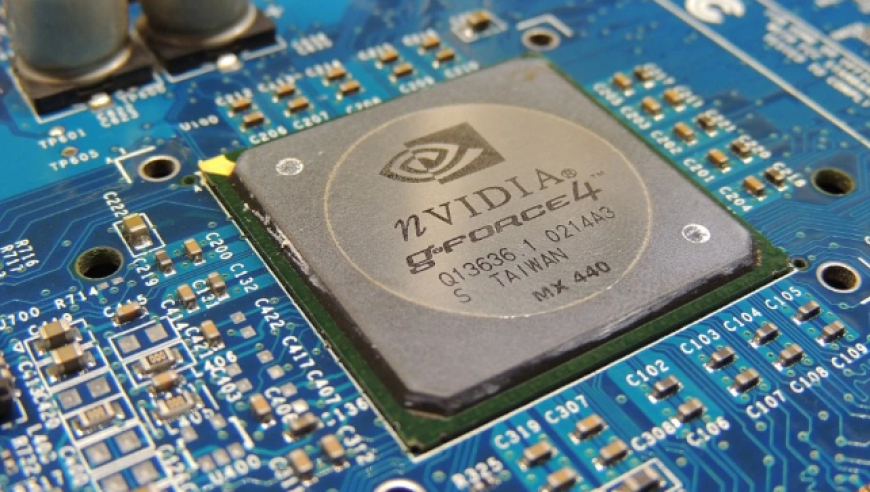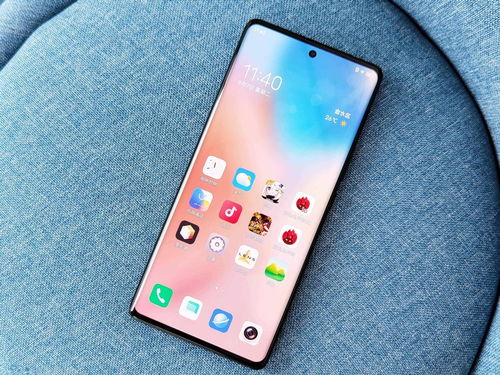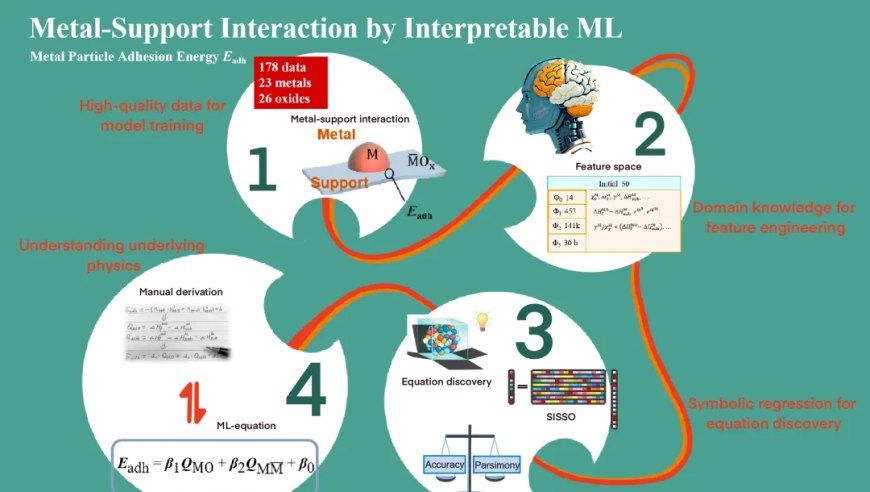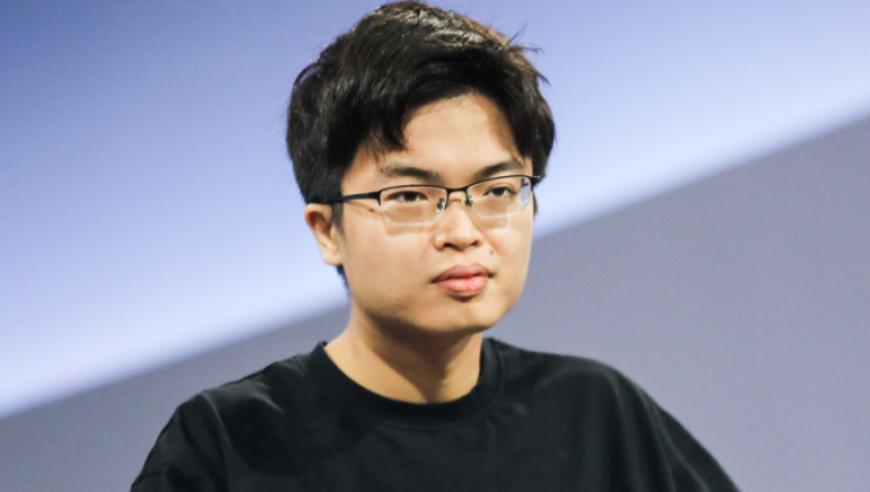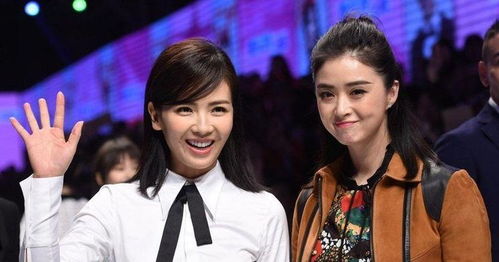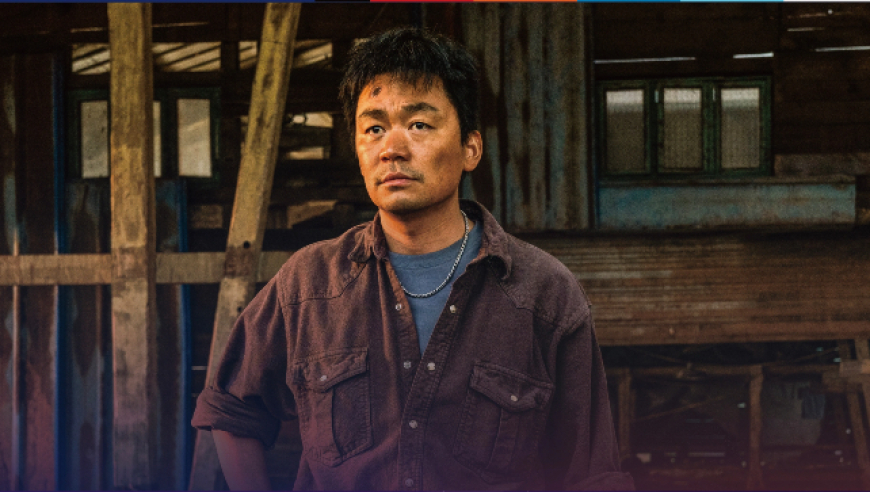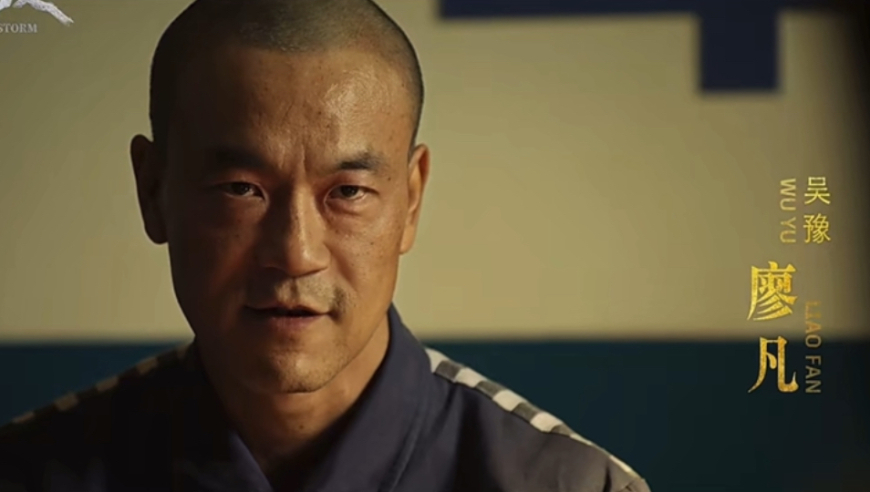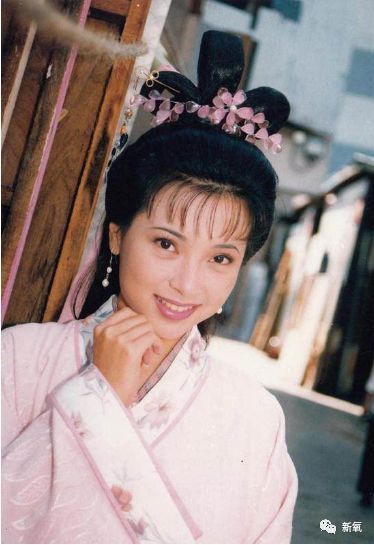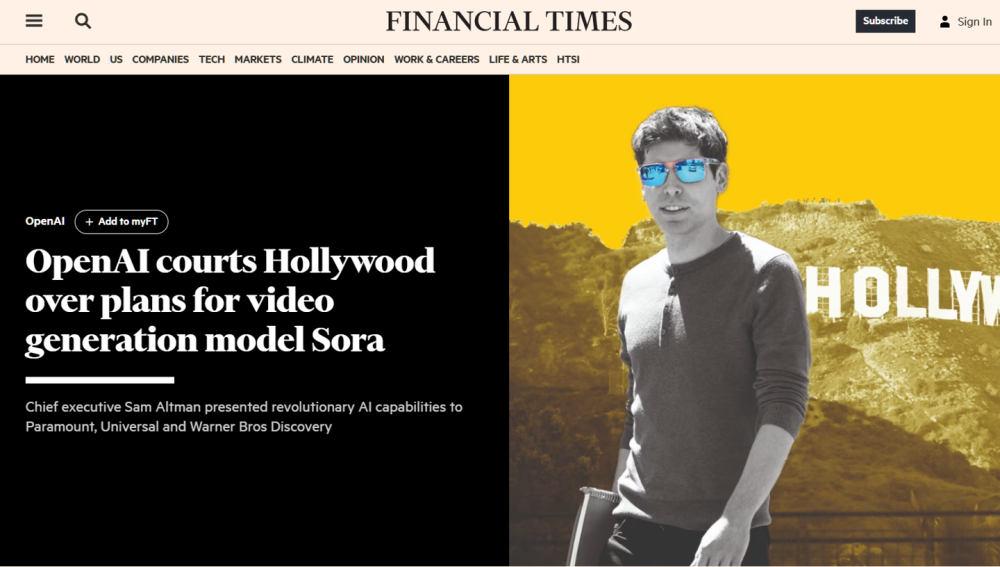
OpenAI 动力向好莱坞电影巨头推广人工智能视频生成技术 Sora,旨在缓解对其威胁行业的担忧,但尚无广泛应用迹象。多位参与者称,Sora 利于节省制作时间和降低成本,但尚需进一步开发。OpenAI 已规划将其商业化,并正在考虑安全性措施。过去,OpenAI 引发业界广泛关注,允许艺术家运用 Sora 创作惊艳实验性短片,展现了人工智能的独特魅力。

Title: The Potential of Artificial Intelligence Video Generation Technology Sora: Addressing Industry Concerns but Struggling for广泛应用
In recent years, artificial intelligence (AI) has revolutionized the film industry with groundbreaking advancements in video generation technology, particularly the creation of AI-generated short films known as Sora. This innovative tool aims to alleviate concerns about AI's threat to the traditional Hollywood movie-making process by promising to save time and costs while enhancing creative potential. However, the commercialization and development of Sora have not been without challenges, with several participants raising concerns about its efficacy and safety.
The Initial Impression of Sora
As early as 2021, OpenAI began developing Sora, an AI-powered video generator that uses deep learning algorithms to create cinematic-quality short films. With the ability to learn from vast amounts of data and generate high-fidelity animations, Sora has captured the attention of many within the film industry and entertainment sector. Many professionals have praised the potential of Sora for reducing production time, making movies more accessible to independent filmmakers and studios, and even challenging conventional narrative structures.
Reducing Production Time and Cost
One significant advantage of Sora lies in its capacity to speed up the entire filmmaking process. Instead of requiring handcrafted visual effects and intricate post-production processes, Sora can produce high-quality animated scenes almost instantly, which eliminates the need for costly special effects and makeup applications. This significantly reduces the cost of producing individual clips or scenes, making it more feasible for smaller-budget productions to compete with larger ones. Additionally, Sora's generative capabilities enable it to incorporate complex storytelling elements into its output, allowing directors and screenwriters to experiment with unconventional narratives and concepts that might be difficult to achieve through traditional means.
Improving Creativity and Imagination
Beyond efficiency and cost reduction, Sora also offers significant creative potential for artists and creators. By generating high-quality visuals on demand, Sora enables filmmakers to showcase their unique vision without having to wait for physical media to be created. This promotes experimentation, creativity, and risk-taking, as artists can explore new styles, themes, and techniques without worrying about delays or budget constraints. Moreover, Sora's adaptability allows for seamless integration with existing storytelling frameworks and formats, enabling filmmakers to seamlessly transition between live-action and animation.
However, Challenges and Advancements
Despite the promise of Sora, the commercial success of this cutting-edge technology is still uncertain. Some industry experts argue that Sora faces several hurdles before widespread adoption:
1. Relevance to Industry Needs: While AI-generated short films have gained popularity among independent filmmakers and Hollywood studios, there is still a significant gap in understanding how to integrate them effectively into the overall workflow. The majority of current Hollywood workflows rely on human labor and are primarily designed for live-action content, making it challenging for AI-generated shorts to adapt and blend seamlessly with these systems.
2. Quality Control and Acceptance: Despite the impressive results generated by Sora, there are concerns about the quality control of the resulting videos. It remains unclear whether these animations meet the same standards and visual quality as professional feature-length films. As such, it remains crucial to establish clear guidelines and performance metrics for evaluating and showcasing Sora-generated works.
3. Ethical Considerations: One area of concern regarding Sora is its ethical implications. The use of AI in creating and editing video content raises questions about ownership, copyright infringement, and moral responsibility. As AI-generated works become increasingly prevalent in the film industry, it is essential to ensure that the rights of the creators are protected and that the algorithms used do not infringe upon any existing intellectual property rights.
4. Technical Limitations: Although Sora appears to leverage advanced machine learning technologies, some technical limitations remain, such as the ability to capture emotions, interpret tone, and express context accurately. These limitations may limit the emotional depth and nuance that can be achieved with AI-generated content compared to human-directed stories.
OpenAI's Plans for Commercialization and Security Measures
To address these challenges and capitalize on the potential of Sora, OpenAI plans to further develop and refine the technology. Here are some key steps the company is taking to commercialize Sora and enhance its security measures:
1. Expanding Market Reach: To reach a wider audience, OpenAI plans to partner with established film companies, streaming platforms, and other stakeholders in the industry. This collaboration will help establish Sora as a standard tool for Hollywood production and increase awareness about its benefits.
2. Developing Partnerships and Collaborations: OpenAI is exploring collaborations with universities, research institutions, and technology firms to enhance the sophistication and accuracy of the AI algorithms used in Sora. By leveraging expertise in fields like computer vision, natural language processing, and machine learning, the company hopes to improve theGeneratedVideo.mp4
Customer Case Study
[Insert a customer testimonial or case study that showcases the benefits of using Sora in a real-world production project]
3. Establishing Quality Standards and Guidelines: To ensure that Sora-generated content meets industry expectations and legal requirements, OpenAI is working closely with filmmakers, artists, and producers to establish clear guidelines and performance metrics for evaluating and showcasing Sora-produced work. This will help ensure that all AI-generated projects are comparable to those made by human teams.
4. Enhancing Privacy and Data Protection: In light of growing concerns about the use of AI in personal and sensitive areas, OpenAI has prioritized privacy and data protection as critical components of its development. The company is implementing robust security protocols to safeguard user data and ensure that only authorized personnel have access to Sora-generated assets.
5. Monitoring and Monitoring of Content Quality: To maintain the high level of quality expected from AI-generated content, OpenAI is employing comprehensive monitoring systems to continuously evaluate the performance and output of Sora-generated films. This includes real-time feedback loops, automated review processes, and regular audits to identify and address any issues or anomalies that may arise.
Conclusion
The development and commercialization of Sora are poised to revolutionize the film industry, offering numerous advantages over traditional methods of production. However, the road ahead is filled with challenges, including adapting to industry needs, maintaining high-quality standards, addressing ethical considerations, and addressing technical limitations. OpenAI's ongoing efforts to overcome these obstacles demonstrate a commitment to leveraging AI to enhance creativity, reduce production costs, and deliver stunning animated short films that captivate audiences worldwide.
With the potential of AI-generated short films, the future of the film industry looks bright, but it is crucial to approach this emerging technology with caution and a holistic view of its potential impact. As OpenAI continues to refine and expand its capabilities, we can expect to witness a new era of creativity, innovation, and collaboration in the world of film production.





